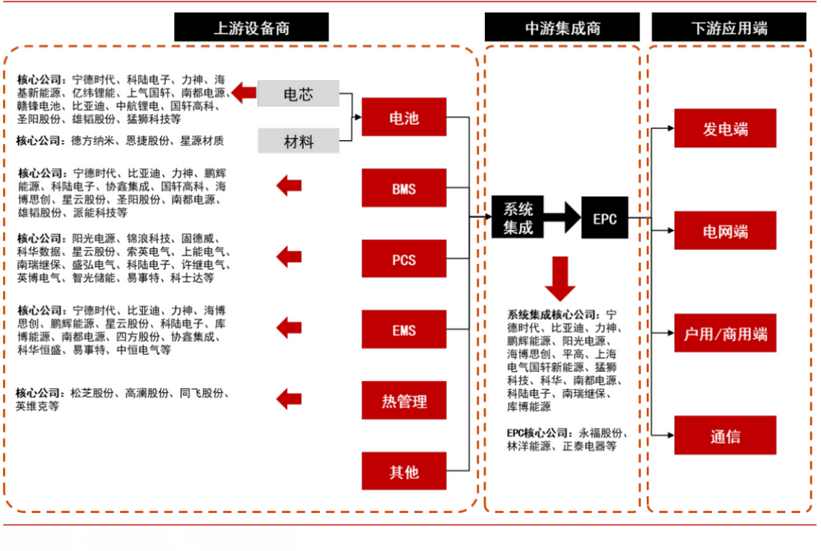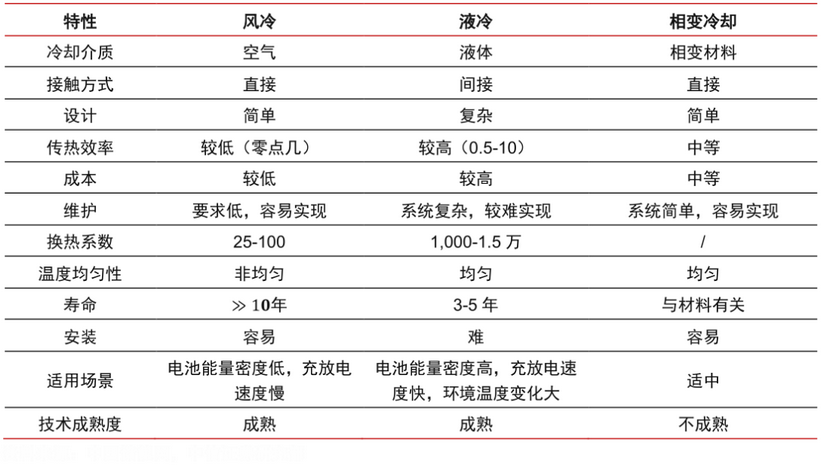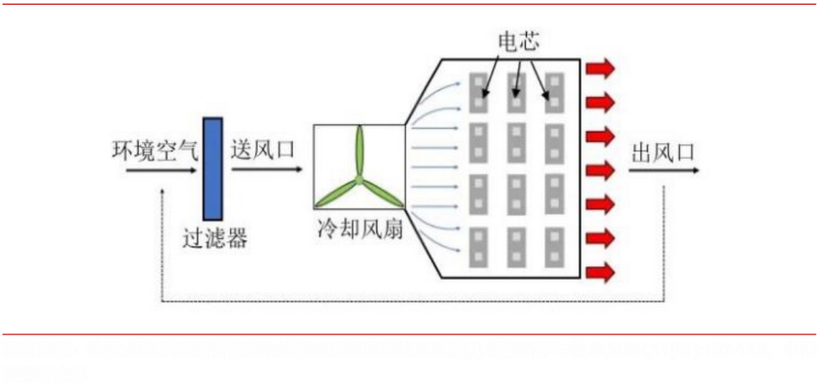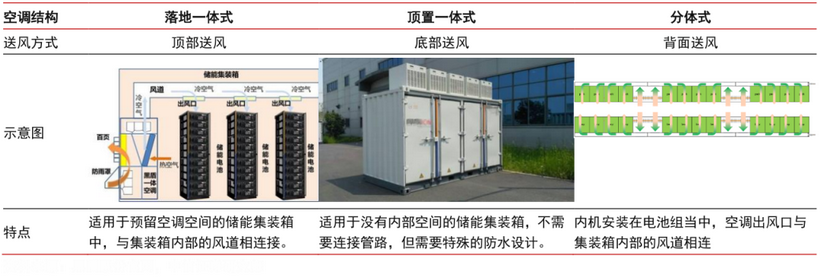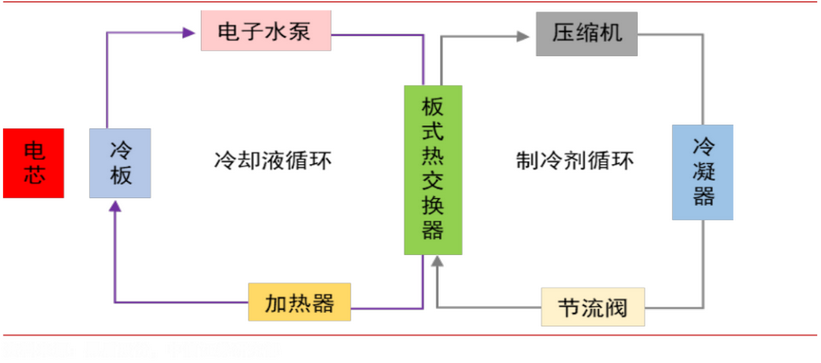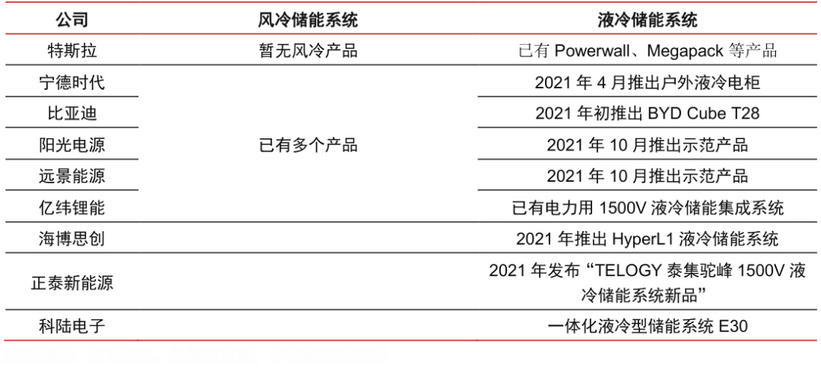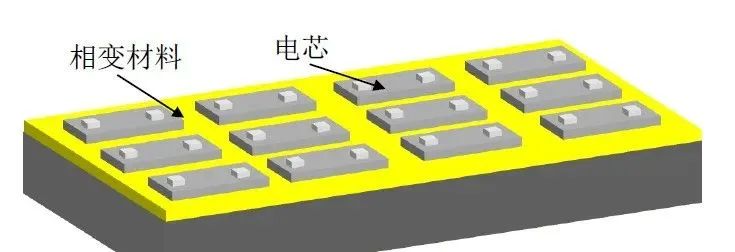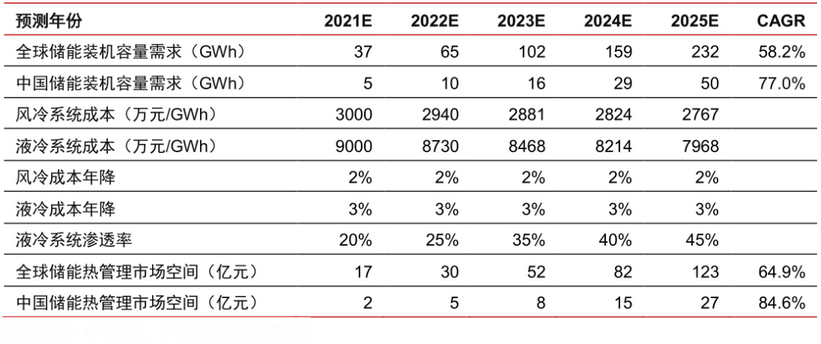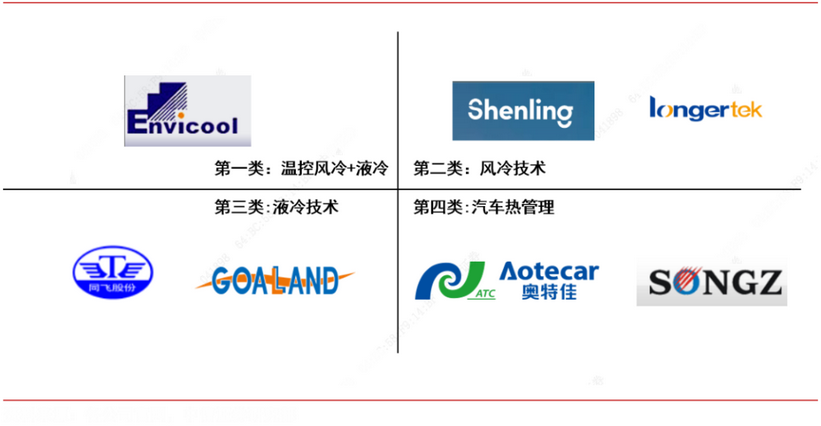| How to cool energy storage safely? |
| Release time:2023-02-17 15:03:01| Viewed: |
With the gradual increase of the proportion of clean energy, energy storage plays a vital role in the power generation side, grid side and user side of the power system. Due to the advantages of high energy density, flexible application and fast response, the permeability of electrochemical energy storage is rapidly improved.
According to the preliminary statistics of the Energy Storage Application Branch of China Chemical and Physical Power Industry Association, 244 energy storage projects were put into operation from January to December 2022, with a total installed power of 20.4154GW; Among them, there are 221 electrochemical energy storage projects with installed power up to 5.933GW/13.190GWh; A total of 10 non-electrochemical new energy storage projects have been put into operation (6 flywheel energy storage projects, 3 compressed air projects and 1 supercapacitor project), with the operation scale of 0.2774GW/1.1265GWh;
As the core component of electrochemical energy storage, battery has a greater risk of thermal runaway. From the perspective of safety, thermal management of energy storage is extremely important.
1、 Thermal management in electrochemical energy storage system
Thermal management is an important part of electrochemical energy storage system.
Panorama of electrochemical energy storage industry chain
From 2011 to 2021, there were 32 fire and explosion accidents of energy storage power stations in the world. From January to May 2022, there were more than 10 fire accidents of energy storage power stations in the world. At the same time of the rapid development of battery energy storage stations in China, due to the quality problems of batteries and PCS or the construction energy of system integrators, the fire hazard of battery energy storage is relatively serious and the fire accident is frequent.
On April 16, 2021, a fire and explosion occurred in Beijing Guoxuan Forvis Energy Storage Power Station. According to the investigation, the cause of the fire was the internal short circuit of the LFP battery, which caused the thermal runaway fire of the battery. In July of the same year, the "Victoria Large Battery" project in Australia, which was equipped with the Tesla Megapack energy storage system, caught fire in the battery compartment due to the leakage of the cooling system during the test.
The thermal runaway of battery becomes the main cause of fire accident. Thermal runaway of the battery means that the battery generates a large amount of heat in a short time due to internal short circuit or external short circuit, which causes the reaction and decomposition of positive and negative active substances and electrolyte, and generates a large amount of heat and combustible gas, resulting in fire or explosion of the battery.
Frequent fire incidents highlight that thermal management has become an essential component to ensure the safe operation of energy storage power stations. 2、 Technical route
At present, the relatively mature technical routes for energy storage heat management are air cooling and liquid cooling, of which air cooling is the mainstream in the current energy storage system, and the permeability of liquid cooling scheme will continue to rise in the future.
Thermal management has become the core of energy storage system, and air cooling and liquid cooling are currently mature technical routes. The cooling methods of energy storage heat management mainly include the following three technical routes: air cooling (air cooling), liquid cooling and phase change cooling, and heat pipe cooling.
Comparison of three thermal management technology routes
1. Air cooling
At present, air cooling technology is mainly used in container energy storage system and communication base station energy storage system with low power density.
On the one hand, the air cooling system is simple in structure, safe and reliable, and easy to realize; On the other hand, because the energy storage system is not as strict as the power battery system in terms of energy density and space, it can obtain lower working rate and heat generation rate by increasing the number of batteries.
For example, the container-type lithium battery energy storage system is composed of standard container, lithium ion battery system, battery management system, energy storage converter, air conditioning and air duct, power distribution cabinet, heptafluoropropane fire extinguishing device, etc.
Air cooling system of container-type energy storage power station The air cooling and heat management system has air conditioning structures including floor integrated, overhead integrated, split and other configurations. The floor-mounted integrated air conditioner is used in the energy storage container with reserved air conditioning space. Generally, the top air outlet is connected with the air duct inside the container to directly supply accurate air to the battery pack.
If there is no room for air conditioning inside the energy storage container, the overhead integrated air conditioning is required. The air conditioning is installed on the top of the container to cool the battery from the top.
The internal unit of the split air conditioner is installed in the battery pack. The front return air and the back supply air connect the air outlet of the air conditioner with the air duct to directly cool the battery.
Specific thermal management scheme of energy storage battery 2. Liquid cooling
The liquid cooling scheme uses water, ethanol, silicone oil and other coolants to dissipate heat through indirect contact between the evenly distributed guide grooves on the liquid cooling plate and the electric core. Its advantages include:
1) Close to heat source, efficient refrigeration;
2) Compared with the container air cooling scheme with the same capacity, the liquid cooling system does not need to design the air duct, and the floor area is saved by more than 50%, which is more suitable for the future large energy storage power stations of more than 100 MW;
3) Compared with the air-cooled system, the failure rate is lower because the use of mechanical components such as fans is reduced;
4) Liquid cooling has low noise, saves power consumption of the system, and is environmentally friendly.
Thermal management of energy storage system Liquid cooling route In the future, with the demand for new energy power stations, off-grid energy storage and other energy storage power stations with larger battery capacity and higher system power density starting, the energy density and heat generation of the energy storage system will be higher, and the requirements for safety and life will be higher, which will promote the industry to adopt more liquid cooling solutions.
Ningde, Sungrow Power, BYD and other leading enterprises have taken the lead in switching, and the leading demonstration effect will drive the acceleration of liquid cooling penetration.
Layout of liquid cooling technical schemes of energy storage companies 3. Phase change cooling
Phase change cooling is a cooling method that uses phase change materials to absorb heat.
The biggest influence on the heat dissipation effect of the battery is the selection of phase change materials. When the specific heat capacity of the selected phase change materials is larger and the heat transfer coefficient is higher, the cooling effect under the same conditions is better, and the cooling effect is worse.
Phase change cooling has the advantages of compact structure, low contact thermal resistance, good cooling effect, etc., but phase change materials do not have the heat dissipation capacity, and the heat absorbed needs to be derived by liquid cooling system, air cooling system, etc., otherwise the phase change materials cannot continue to absorb heat. In addition, phase change materials take up space and cost high.
Phase change cooling structure 3、 Market space
According to the calculation of CITIC Securities, it is estimated that the market space will be 123-23.7 billion yuan in 2025.
Take the 1MWh container type energy storage system as an example, this kind of small-scale energy storage system with low energy density generally adopts air-cooled technology. According to the calculation, under the typical operating condition of 1C, the heat generation rate of the system is 39kW, and the minimum cooling power required for the air conditioner is 24kW.
Take a certain outdoor air conditioner on the market as an example, the cooling capacity is 1500W, the price is 2000 yuan/set, and the cooling cost is about 1.33 yuan/W. If the above container energy storage system is met, the corresponding cost is about 30000 yuan. It can be further concluded that the investment cost of air cooling scheme for a single GWh energy storage system is about 30 million yuan. Similarly, according to the cost of key components such as liquid cooling plate, the investment cost of liquid cooling scheme for a single GWh energy storage system is about 90 million yuan.
The calculation results show that under conservative assumptions, the global electrochemical energy storage heat management market space will reach 17/30/52/82/123 billion yuan in 2021-2025, corresponding to CAGR+65%. Among them, the Chinese market will reach 2/5/8/15/27 billion yuan respectively, corresponding to CAGR+85%.
Under the neutral assumption, if the global demand for electrochemical energy storage capacity reaches 315GWh in 2025, the corresponding market space for energy storage thermal management is 16.6 billion yuan, and the CAGR of 2021-2025 is 78%.
Under optimistic assumptions, if the global demand for electrochemical energy storage capacity reaches 450GWh in 2025, the market space for energy storage thermal management will be 23.7 billion yuan, and the CAGR of 2021-2025 will be 95%.
Market space calculation of electrochemical energy storage heat management 4、 Participating enterprises
At present, the companies involved in the energy storage heat management market include companies that produce industrial temperature control equipment such as air conditioners and liquid cooling plates. Companies with early layout and technology accumulation may have more advantages.
Participants in the energy storage thermal management industry are divided into two categories according to the sources of technical routes:
Air-cooling technology companies: most of them are former air-condition-related companies, including precision temperature control, such as Invik, Shenling Environment, Langjin Technology, and Jialitu; The thermal managers of automobile air conditioners, such as Songzhi, Aotejia, Sanhua Intelligent Control, Yinlun and Feirongda.
Liquid cooling technology company: industrial cooling related parties, such as Feifei, Gaolan and Heidun.
New energy companies can obtain better performance by virtue of the integrated design of energy storage batteries and thermal management systems, and stabilize the market of thermal management systems by virtue of the market share of batteries. On the other hand, the temperature control equipment company has deeper technology accumulation and scale advantages, and has advantages in cost and industry standards.
The four ways to solve the problems faced by the energy sector are mainly advanced energy network technology, demand response technology, flexible production capacity technology and energy storage technology. Energy storage technology creates commercial value through active cross-time and cross-season balance of generation and utilization, and solves the passive regulation burden of power grid, which is the key to support the stable and large-scale development of renewable energy.
Thermal management system is a technology fusion of interdisciplinary disciplines, including materials science, chemistry, mechanical structure, and electrical control. Only by solving the key core technologies can the smooth and healthy development of the electrochemical energy storage industry be ensured, and the solution of the energy storage problem is one of the important ways to achieve carbon peak and carbon neutralization.
|



